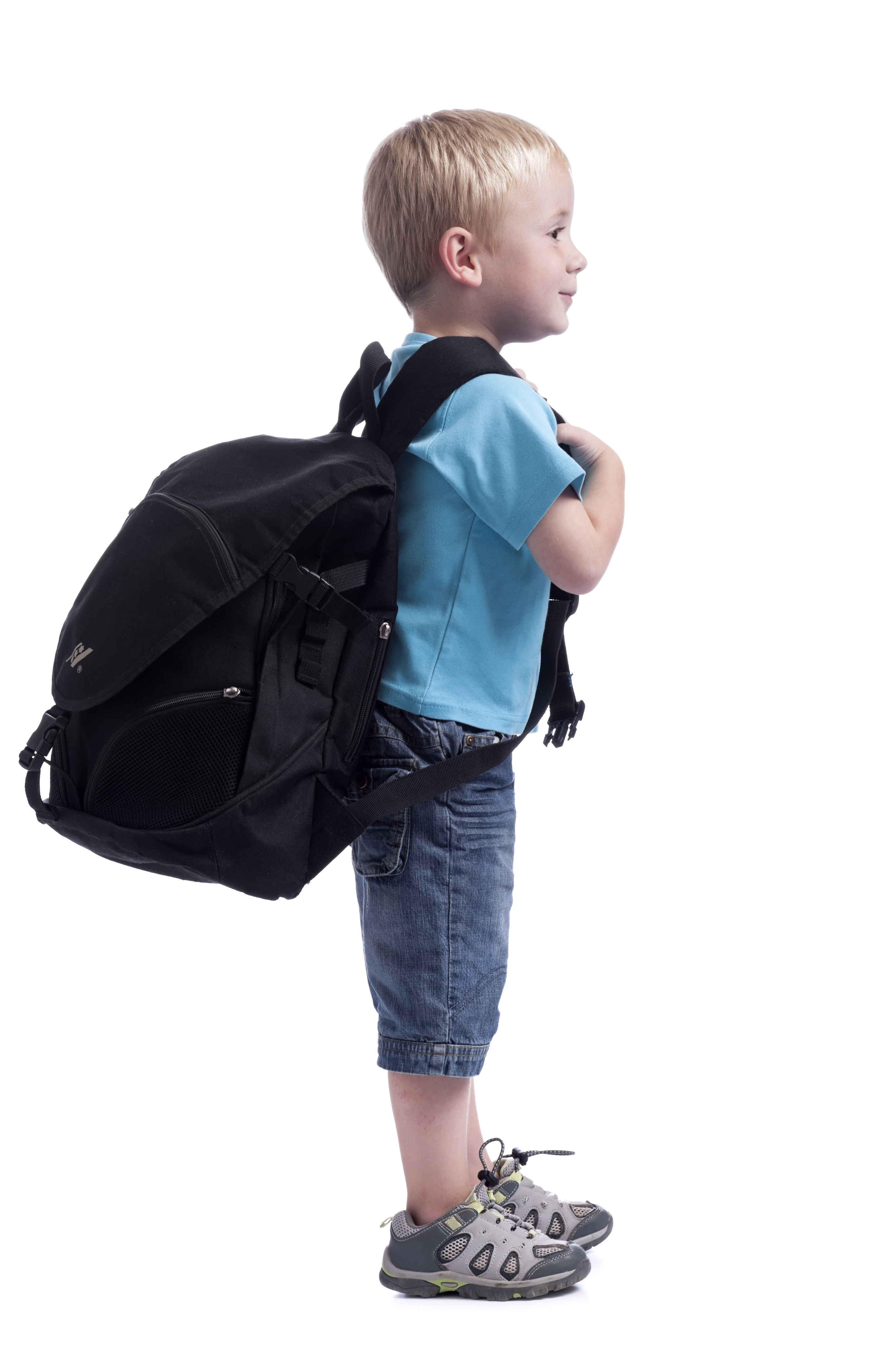
With obesity rates amongst children and adolescents having increased significantly in recent decades, the need to get kids physically active as part of their normal daily routine has never been more important.
With this in mind, the association’s chair of paediatric group, Julianne Pegler, said kids were more likely to want to be active at school if they were comfortable.
“Sedentary habits aren’t likely to be broken unless there are easy, attractive ways for kids and teens to be regularly active. One easy thing parents can do is ensure that their kids’ school bags and shoes fit properly, so that their travel to and from school is not uncomfortable.”
Ms Pegler’s advice to help ensure children start the school year in comfort included:
Comfortable footwear, too, was important in encouraging kids to be more active. The average child wore their school shoes for over 1500 hours per year, Ms Pegler said, so it was important that school shoes supported their feet. Some tips to look out for included making sure the shoe:
The much-delayed English draft curriculum is now out for consultation, generating discussion from teachers.
Research from AUT demonstrates arts, culture and recreation have positive impacts on all aspects of…
How effective has the school phone ban been in achieving its aims? Researchers from the…
School camps and excursions deliver hands on learning experiences, helping to consolidate classroom learning.
Innovations in AV technologies present new opportunities to engage with students. We look at how…
A new report from the University of Auckland’s Our Voices Project asks young people what…
This website uses cookies.